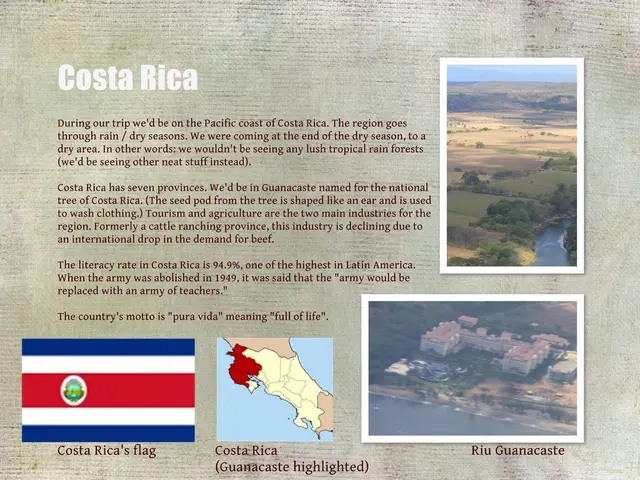Transformation Theory: Description and Illustrations
In the mid-20th century, a sociological approach known as Modernization Theory emerged as a dominant perspective on the development of underdeveloped countries. This theory sought to identify factors that these nations lacked, which were believed to cause their lack of progress.
The Roots of Modernization Theory
The theory's origins can be traced back to the ideas of Max Weber, a German sociologist who discussed the role of irrationality and rationality in a traditional society's transition into a modern society. Talcott Parsons, an American sociologist, further developed this theory in the 1940s, seeking to address poverty, especially in third world countries, with a capitalist model of industrialized development and Western democratic values.
The Five Stages of Modernization
Rostow's 5-stage model of modernization includes five distinct stages:
- Traditional Society: Underdeveloped countries are characterized by rural economies with limited access to technology and modern industry.
- Preconditions to Takeoff: At this stage, a country begins to show signs of modernization, such as increased education and the emergence of a middle class.
- Takeoff: This stage is marked by economic growth as industrialization, increased investments, and political change transform society.
- Drive to Maturity: In this stage, a country moves beyond subsistence to a position that permits it to export products to other countries. Durable and consumer-oriented products flourish, and the service sector becomes dominant.
- Age of High Mass Consumption: Production and economic growth are comparable to Western societies.
Modernization Theory's Proposals and Criticisms
Modernization theory proposes solutions to enable progress, such as the adoption of industrial practices and a capitalist system. According to this theory, the adoption of modern practices and the dismantling of traditional norms are vital to progress. However, critics argue that it promotes cultural imperialism and neocolonialism through the attack on traditional family structures. Another criticism is that it undermines local initiatives and knowledge by injecting foreign expertise and money, and that it rests upon the premise that external assistance is necessary to develop economies.
Examples of Modernization in Action
One notable example of Modernization Theory in action is the Green Revolution, a transfer of technology to impoverished regions like India and Mexico, which resulted in the salvage of billions of people from starvation and reduced poverty, infant mortality, and greenhouse gas emissions.
Another example is Indonesia's gradual transition to a modernized economy in the 1970s, which was accompanied by the creation of industrial conglomerates and the dominance of intelligence agencies and the military. However, this transition also led to issues such as suppression of human rights, corruption, and nepotism.
The Role of Education and Media
Different theorists have emphasized the significance of education and the media in promoting Western values and ideas like democracy and family planning. Many Western companies also establish manufacturing plants in developing countries during Stage II, contributing to the modernization process.
Dependency Theory as an Alternative Perspective
Dependency theorists argue that the unequal relationship between developed and developing countries is preserved by the purported exploitation which world trade embraces. They contend that the export of raw materials from developing countries to developed ones, and the importation of manufactured goods from advanced economies to developing ones, serves to safeguard this imbalance.
In conclusion, Modernization Theory, while influential in the mid-20th century, has faced criticism for promoting cultural imperialism and neocolonialism, undermining local initiatives, and resting on the premise that external assistance is necessary to develop economies. Despite these criticisms, it remains a significant approach to understanding the process of modernization and the variables conducive to the development of societies.
Read also:
- Inherent Skills Know No Bounds, Yet Access to Employment Remains Unequal: Suggestions for a More Equitable Job Market of the Future
- Trump's influence is prominent in the race for Georgia's governor in 2026, as Duncan and Raffensperger announce their candidacies
- Questioning of mobile phone usage data by Irish drivers recorded by RSA
- If Josefa isn't elected, will she be taking parental leave instead?




